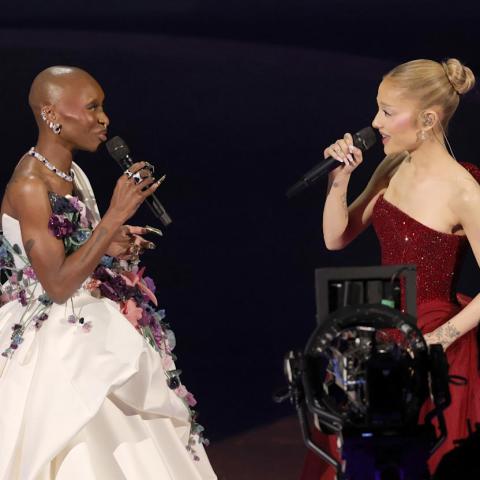There’s been much talk about a potential meeting between U.S. President Donald Trump and Russian President Vladimir Putin to discuss the ongoing war in Ukraine. A White House official recently stated that there are “no plans” for such a meeting soon.
Last week, Trump suggested they might meet in Budapest. This came after he spoke with Ukraine’s President Volodymyr Zelensky. Reports indicate that their conversation was heated, with Trump urging Zelensky to consider giving up key territories in eastern Ukraine, a point Zelensky resisted. The current front lines, especially in the Donbas region, are crucial for both sides.
Both leaders have different views on what peace would look like. Trump has shown support for a ceasefire to halt fighting where it is now. “Let it be cut the way it is,” he suggested, advocating for a freeze at the current front lines. However, Russia has rejected this idea, insisting on the withdrawal of Ukrainian troops from contested areas. Dmitry Peskov, spokesperson for the Kremlin, argued that merely pausing the conflict would not lead to “long-term, sustainable peace.”
Sergey Lavrov, Russia’s foreign minister, mentioned the need to tackle the “root causes” of the conflict. This often refers to demands from Russia, like full control over the Donbas and Ukraine’s demilitarization. These issues are non-starters for Kyiv and its allies in Europe.
A recent statement from European leaders echoed Zelensky, suggesting that any discussions about peace should begin with freezing the current front line. They accused Russia of not taking peace negotiations seriously. However, the dynamics remain complex, as Zelensky remarked that true discussions on the front line are being avoided by Russia.
According to a recent poll, a majority of Ukrainians still support defending their land at all costs. This resilient spirit might explain why Zelensky is hesitant to concede ground even amidst intense pressures. Meanwhile, experts note that the introduction of long-range weapons to Ukraine could change the course of negotiations. Zelensky pointed out that Russia seems more inclined to talk when they perceive a shift in military capabilities favoring Ukraine.
The situation remains delicate. The last summit between Trump and Putin in August yielded little progress, and many believe the White House’s decision to put a new meeting on hold is a strategic move to avoid repeating past failures.
Understanding these intricate dynamics sheds light on the challenges both leaders face in seeking a resolution. In a time of global uncertainty, the outcomes of these discussions could influence international relations significantly moving forward.
For further insights into ongoing geopolitical dynamics, you can refer to the United Nations’ latest reports on the situation in Ukraine here.





















